So there many options of how one can extract HoG features. Using different orientations, different numbers of pixels per cell and different block sizes.
But is there a standard or optimal configuration? I have training images of size 50x100, and I'm opting for 8 directions of orientation. I'm extracting the features from training data in order to do vehicle classification. But I really don't know what's "optimal".
For example, I have 2 configurations here, is there any reason to choose one over the other? Personally I feel like the second one is a better choice, but why?


